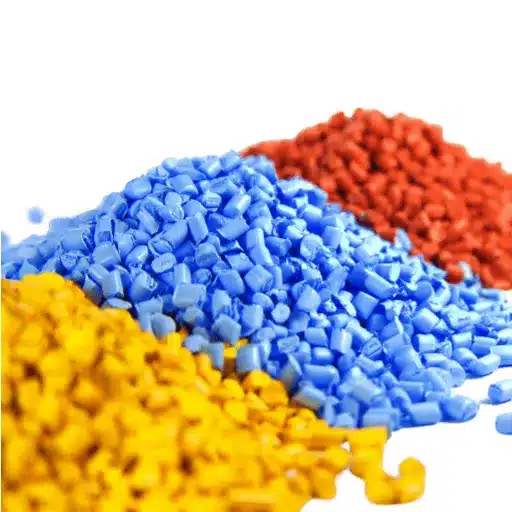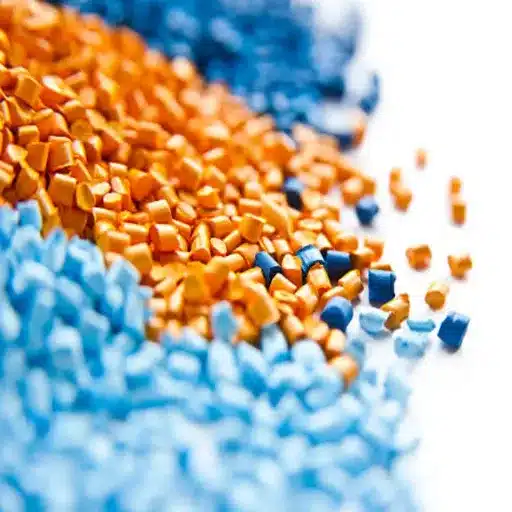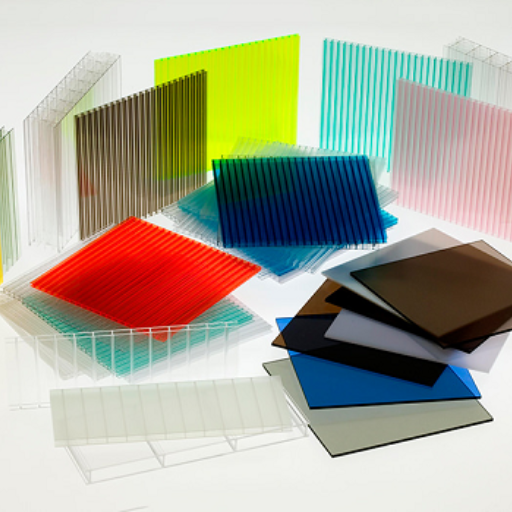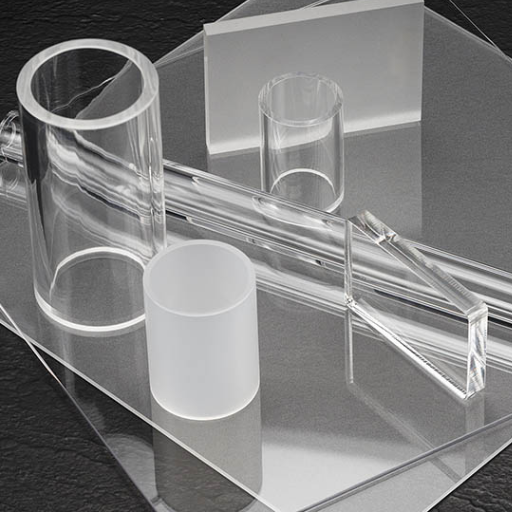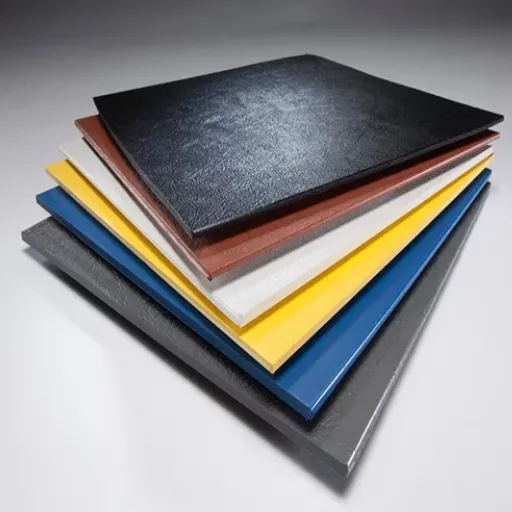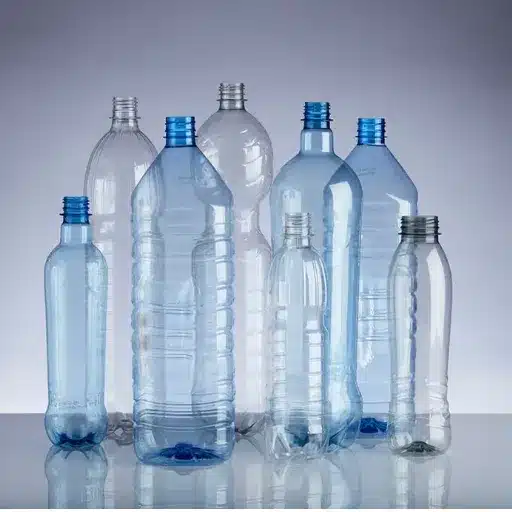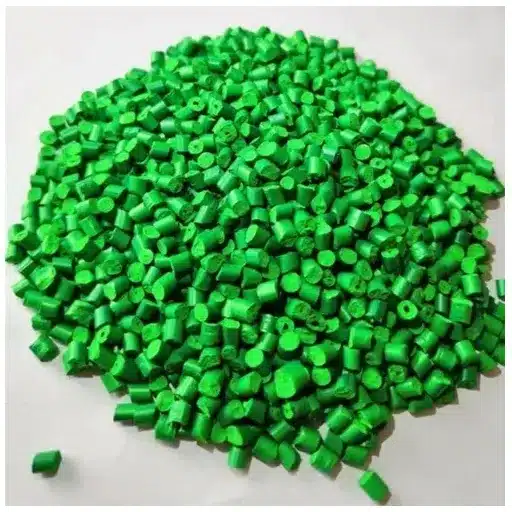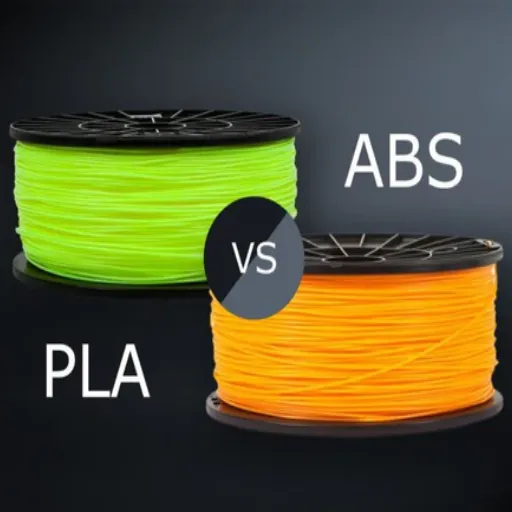Acrylonitrile Butadiene Styrene is the full name of ABS plastic, which is an abbreviation of its three components. The excellent properties of ABS have led to its widespread use in various industries all over the world. Its strength, durability, and lightweight nature have made it a primary choice for many applications such as consumer electronics and automotive parts. However, we need to ask the question: what exactly makes ABS plastic so crucial and what do we need to know about its characteristics and environmental impact?
This comprehensive guide showcases the wide range of ABS plastic applications, its remarkable features, and its ecological footprint. Whether you are a producer, designer, or environmentally conscious consumer, this article is full of useful information on how ABS plastic is integrated into our daily lives and what its usage implies for the future.
Introduction to ABS Plastic
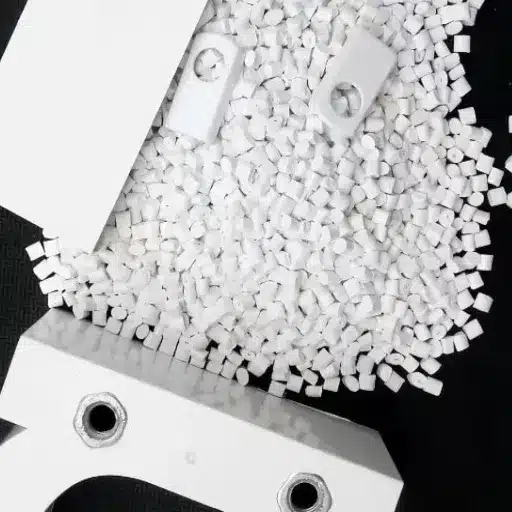
What is Acrylonitrile Butadiene Styrene?
Acrylonitrile Butadiene Styrene, or ABS for short, is a very tough and durable thermoplastic polymer that has found its use in many industries. The combination of three main elements creates this versatile material:
Acrylonitrile
Provides excellent resistance to chemicals and heat
Butadiene
Delivers exceptional toughness and impact strength
Styrene
Contributes to rigidity and glossy finish
These properties have made ABS very popular, which is why it is widely used in making automotive parts, consumer electronic goods, household appliances, and even in 3D printing applications. One of the main reasons behind its widespread use is the combination of performance and price that it offers. However, environmental concerns have been raised since the production of ABS calls for the use of non-renewable sources, and at the same time, the recycling process is very difficult.
Properties of ABS Plastic
ABS plastic is one of the most popularly and widely known plastics for its toughness, resistance to impacts, and moderate flexibility, which gives it the stamp of being a material for a plethora of industrial and consumer applications. One of its main advantages is its outstanding machinability and the capacity to undergo a variety of manufacturing processes, including injection molding and 3D printing, adding to its popularity.
Key Technical Specification: ABS has a melting point of approximately 221°F (105°C), which is relatively low, allowing processing of the material while retaining structural integrity in the finished product.
The material is resistant to wear, chemicals, and heat; however, UV light exposure may cause degradation over time. Industry research indicates that the global demand for ABS plastic continues to rise, particularly in automotive and consumer electronics industries that appreciate the material’s lightweight and durable nature. Nevertheless, such demands raise important questions about the product’s future due to environmental concerns. Hence, the need for recycling methods and bio-based alternatives are areas of ongoing research that focus on sustainability and reducing dependence on petroleum-based resources.
Types of ABS Materials
ABS materials vary in their properties and formulations, depending on the target application and performance requirements:
| ABS Type | Key Properties | Primary Applications |
|---|---|---|
| Standard ABS | Good strength and impact resistance | Housings, enclosures, general manufacturing |
| Flame-Retardant ABS | Enhanced fire safety compliance | Electronics and appliances |
| Heat-Resistant ABS | Performs under thermal stress | High-temperature environments |
| PC-ABS Blend | Superior impact strength and heat resistance | Automotive and aerospace industries |
| Bio-Based/Recycled ABS | Environmentally sustainable option | Eco-conscious manufacturing |
Innovations in bio-based ABS alternatives and recycled ABS have been the focus of research to address environmental challenges and decrease reliance on petroleum resources. These technical advancements intend to satisfy evolving consumer demands while complementing overall global sustainability objectives.
Applications of ABS Plastic
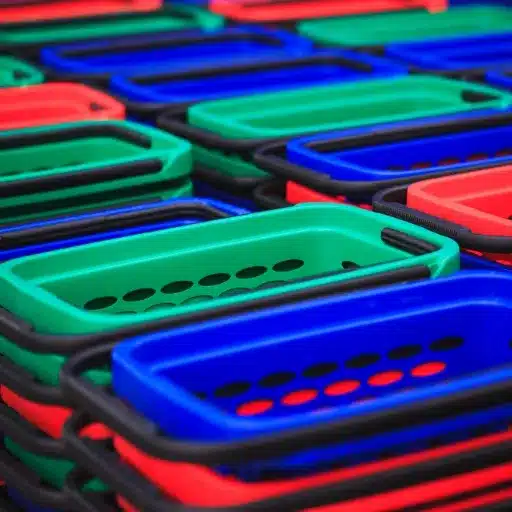
Common Uses of ABS Plastic
ABS plastic is a material that can be found in many different forms all over the world, mainly due to its durability, strength, and ease of manufacturing. The most popular applications include:
- Consumer Electronics: ABS is used in the production of electronic housings like cellphone shells, laptop keyboards, and TV frames because of its strength and capacity to be formed into complex shapes.
- Automotive Components: ABS is often used for car parts like dashboards, trims, and other cabin components due to its stiffness and heat resistance.
- Household Appliances: Daily items that rely on ABS for their lightness and durability include vacuum cleaners, refrigerators, and food processors.
- Toys: One of the most well-known examples is LEGO bricks, which are made from ABS for their consistent quality and strong construction.
- Piping Systems: ABS has been used in the plumbing field as it is very resistant to chemical corrosion and is easy to install.
- Medical Devices: Some medical apparatus use ABS plastic because its cleanliness and non-reactive properties are considered advantages.
The large-scale application of ABS demonstrates its practicality and adaptability in both commercial and industrial settings. Its relentless advancement towards the incorporation of bio-based and recycled substitutes reflects the industry’s dedication to eco-friendliness.
Industries Utilizing ABS Sheets
Based on their strength, durability, and versatility, ABS sheets are extensively used across multiple industries. Below are the critical sectors where ABS plastic sheets are utilized:
Automotive Industry
ABS sheets are commonly used for producing interior automotive components such as dashboards, panels, and trim. Their resistance to impacts and easy-to-form characteristics make them suitable for automotive applications.
Consumer Electronics
These sheets are part of the production process for electronic casings for televisions, laptops, and gaming consoles due to their insulation properties and lightweight nature.
Construction Industry
ABS plastic is used in the construction of pipes, fittings, and protective housings where it is subjected to heavy wear and tear, exhibiting high durability.
Retail and Signage
ABS sheets are used in retail for point-of-sale displays, signage, and advertisement boards because of their excellent printability and malleability.
Medical Applications
The medical industry benefits from ABS’s non-toxic, easy-to-clean properties, making it suitable for medical devices, trays, and housings for sensitive equipment.
These industries reflect the extensive use of ABS material, which is due to both the material’s flexibility and technical advancements. According to the latest information, demand for ABS sheets continues to rise, with a remarkable shift towards the use of recycled and bio-based materials, ensuring that ABS remains a sustainable and creative material option across various sectors.
Innovative Applications in Modern Technology
Acrylonitrile Butadiene Styrene (ABS) has the greatest influence in modern technology, especially in applications demanding durability, flexibility, and accuracy. One application that has gained rapid popularity is 3D printing technology, where ABS has become the main filament material. The heat resistance and shape retention properties make it perfect for both prototyping and creation of sophisticated parts. Moreover, ABS is the main component in consumer products where its inclusion in device casings, keyboards, and other peripherals combines functionality with visual appeal.
Emerging Innovations
Recent studies have revealed that ABS is being improved through novel additives and coatings. For example, conductive ABS materials find application in wearable devices, smart fabrics, and IoT equipment. This technological advancement coincides with the increasing demand from tech-driven industries for lightweight, robust, and flexible solutions.
Along with material-matching innovations and environmentally friendly practices, ABS remains a critical cutting-edge material for use in technology.
Advantages of Using ABS Plastic
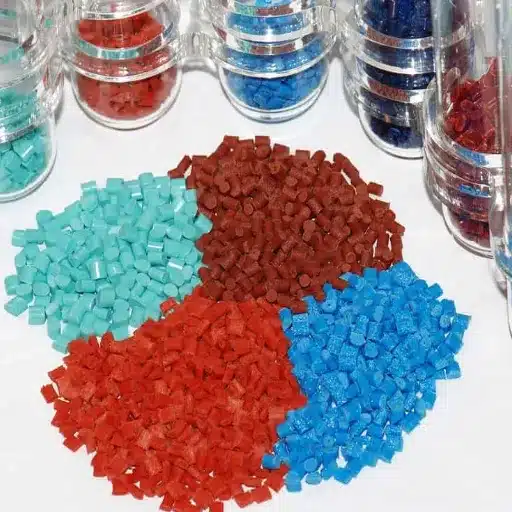
Benefits Over Other Plastic Materials
ABS plastic has a unique set of characteristics that distinguish it from other plastics. The primary advantages include:
| Advantage | Description | Industry Benefit |
|---|---|---|
| Durability | High toughness and impact resistance | Ideal for products subjected to stress or rough handling |
| Heat Resistance | Excellent thermal stability | Maintains structure in harsh environmental conditions |
| Lightweight Strength | Perfect blend of low weight and high strength | Critical for automotive and electronics industries |
| Manufacturability | Easy to mold into complex shapes | Versatile for various manufacturing processes |
| Cost-Effectiveness | Comparatively affordable material | Economic choice for mass production without sacrificing quality |
All these features combine to give ABS a top ranking as a material in various applications, from construction to consumer products and advanced technology fields.
Durability and Strength of ABS Parts
Durability and strength are among the factors that greatly contribute to the good reputation of ABS (Acrylonitrile Butadiene Styrene) as a material for a wide range of demanding applications. Recent data shows that it demonstrates very high mechanical performance, especially in harsh and extreme conditions, consistently performing its function reliably over extended periods.
Performance Highlights: ABS exhibits excellent resistance to wear and tear, making it suitable for both indoor and outdoor use. Moreover, ABS reveals great toughness combined with rigidity, allowing the material to withstand continuous stress without any deformation or structural compromise.
This set of qualities particularly attracts the automobile industry for components like dashboards and bumpers where longevity is needed, as well as household electronics like laptops and phones where casings and housings are made of this material. This combination of both strength and resilience ensures that ABS parts are not only functional but also reliable and trustworthy over the years.
Ease of Machining and Extruding ABS
The exceptional ease of machining and extruding has greatly contributed to the popularity of ABS plastic, as it is highly regarded by manufacturers and designers as one of the most practical materials.
The low melting point of the material allows for easy molding and shaping using injection molding and extrusion processes, which helps achieve high precision in creating intricate designs. Moreover, ABS can be machined using conventional tools, which further allows for customization or prototyping without incurring high costs or considerable effort.
Manufacturing Capabilities
Recent data from manufacturing insights indicates that ABS remains one of the most recommended materials for rapid prototyping and large-scale production, mainly because of its adaptability and quality of surface finish. The ability of the material to be machined includes milling, drilling, and laser cutting performed on CNC equipment, ensuring that products made of ABS meet the required specifications across different industrial sectors.
All these factors make ABS an absolute necessity in applications involving complex geometries or very close tolerances, which strengthens its credibility as a versatile and efficient option for modern manufacturing.
Disadvantages and Concerns of ABS Plastic
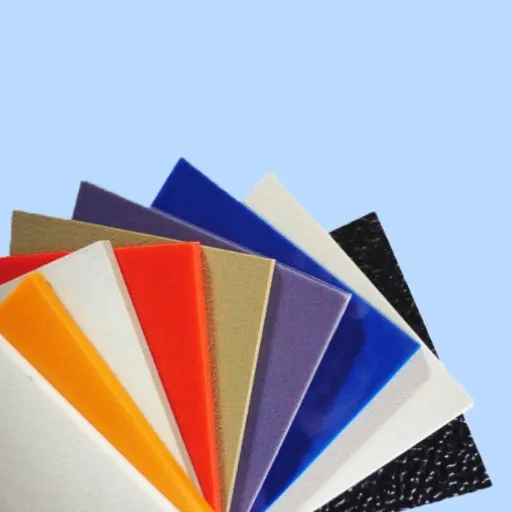
Environmental Impact of ABS Plastic
The environment is significantly affected by the nature of the raw materials used for ABS production, its application, and the disposal of products made from it. The production of ABS involves the use of petroleum-based resources, which not only leads to the depletion of non-renewable energy stocks but also results in the emission of harmful gases. This material is non-biodegradable, meaning the environment is likely to suffer from its presence for extended periods after disposal. This fact leads to the problem of landfill congestion and, if not properly handled, may even put living organisms at risk.
Critical Environmental Statistics
Recent studies show that the plastic waste problem has become very critical and urgent to solve. This is especially true since plastic production around the world has reached more than 390 million tons per year. While recycling of ABS is feasible and offers some hope as a solution, the recycling rate remains very low due to the complicated recycling process and issues with contamination.
The current environmental effects of ABS plastic are being combated through the invention of bio-based substitutes, the establishment of better recycling systems, and the use of eco-friendly methods in production. If these solutions are adopted along with responsible usage, industries can not only minimize the impact of ABS plastic on the environment but also take a step closer to realizing the dream of a circular plastic economy.
Health Considerations: Is ABS Toxic?
ABS (Acrylonitrile Butadiene Styrene) is a plastic that is generally viewed as non-toxic and thus suitable for use in a large variety of consumer goods. It is free of any substances that are known to be harmful, such as BPA or phthalates, which are usually linked with health problems in certain types of plastics. Additionally, ABS is a material that has passed rigorous safety requirements in many countries and can be found in food contact applications, including kitchen utensils, storage containers, and some children’s toys.
Important Safety Note: There are potential health risks during the manufacturing or incineration processes. When heating ABS to extreme temperatures (as in 3D printing or burning), it is possible to release noxious vapors including styrene and acrylonitrile, which are irritants and might become problematic with prolonged exposure. Therefore, always follow strict safety protocols and ensure work is done in well-ventilated areas with protective gear when dealing with ABS under such conditions.
To summarize, potential risks are limited to special applications only, and thus ABS can be considered a safe and multipurpose plastic for daily use, though responsible handling is necessary to mitigate risks.
Limitations of ABS in Certain Applications
While ABS plastic is a widespread material offering a good balance of strength, durability, and excellent processing capabilities, it is limited in some respects:
UV Resistance
One major disadvantage is its low tolerance to UV rays and outdoor conditions. Prolonged sun exposure causes degradation, cracking, or discoloration of the plastic, making ABS unsuitable for outdoor products without UV stabilizers.
Chemical Resistance
Limited resistance to strong acids, organic solvents, and oils, which narrows the field of use in hostile chemical environments.
Thermal Properties
ABS has a relatively low melting point compared to other engineering plastics such as polycarbonate or nylon. It is not suitable for applications requiring high-temperature resistance, as mechanical failure or deformation may occur.
Low-Temperature Performance
Despite being labeled as strong, ABS is weaker under freezing conditions, which narrows down its application range in extreme climates.
Environmental Sustainability
From an eco-friendliness perspective, ABS cannot be compared favorably to other sustainable materials regarding biodegradability or recyclability. This can lead to environmental concerns in industries where waste reduction or establishment of a circular economy is of utmost importance.
All these factors together make ABS a less preferable choice for industries that are undergoing transition towards or are fully committed to sustainability and resilience under tough conditions.
Frequently Asked Questions (FAQ)
What are the mechanical properties of ABS plastic?
The mechanical characteristics of ABS plastic are defined by its excellent impact resistance and toughness. Hence, the material is preferred for a wide range of applications, such as making toys, auto parts, and enclosures for electronics. The main ingredient of ABS plastic is a mixture of acrylonitrile, butadiene, and styrene, which give it its strength and durability. To further its advantages, ABS also has good dielectric properties, making it an ideal candidate for electrical and electronic devices. Lastly, the fact that it does not become brittle when subjected to freezing temperatures is another significant strength. To summarize, the mechanical properties of ABS plastic underpin its versatility across many industries.
Is ABS toxic when used in manufacturing?
Although the toxicity of ABS plastic is less of an issue in various applications, toxicity concerns still linger when it comes to manufacturing and disposal. When ABS is exposed to high temperatures during pyrolysis or combustion, it can release hazardous compounds. However, products made with ABS are normally assumed to be safe for average consumers. There is a concern regarding exposure to acrylonitrile in ABS polymer, but safety is ensured through the quality control process that ABS resins undergo. Certain measures should be taken in the production cycle to keep worker exposure to noxious chemicals to the lowest level possible. Therefore, with all the positive characteristics of ABS plastic that make it widely used, it is also important to keep in mind the potential hazards.
What are the common applications of ABS plastic?
ABS plastic is the material of choice for many applications because of its strength and durability. The most prominent examples of ABS products include LEGO toys, car parts, and electronic gadgets. It has also found its way into 3D printing technology, where ABS is the material for making prototypes and designing complex shapes. Furthermore, large-scale production of computer-automated visualization utilizes ABS extensively thanks to its fast processing capabilities. On the medical side, ABS is still in use for making nebulizers and other devices through sheet production. Thanks to its outstanding machining quality, it is regarded as the ideal material for the manufacture of custom parts and fittings. In summary, ABS plastic has myriad applications that are constantly emerging across different industries.
What are the disadvantages of using ABS plastic?
ABS plastic, while having a host of exceptional properties, also comes with a few drawbacks. The first problem that stands out is cracking under stress and exposure to certain chemicals like paints and oils. Also, ordinary ABS does not perform well in high-temperature environments, so it needs to be treated to acquire the heat deflection temperature required for heat-resistant applications. The other issue is the ecological footprint of ABS since it is a petroleum-based thermoplastic, and its life cycle includes emissions, landfills, and consumption of natural resources. While recycling is always an option, the recycling process for ABS is not as widespread as for some other materials. Thus, it is important to consider the undesirable effects of ABS plastic while making decisions about materials for specific applications.
How is ABS plastic extruded and molded?
The ways to produce ABS plastic are many, with injection molding and extrusion being most frequently applied. The process starts with heating the ABS granules until they are melted, and they are then shaped through a die to produce sheets or other contoured products. This process is often used in making sheets of ABS which can be applied to various applications thereafter. In contrast to extrusion, injection molding is a process where molten ABS is squeezed into the cavity of a mold for accurate shaping and elaborate designs. The methodologies used in the production of ABS ensure they meet required standards and maintain their expected properties in the end products. To optimize the usage of ABS, it is critical to comprehend the processes of molding and extruding for optimization of ABS properties.
What makes ABS sheets suitable for electrical insulation?
The electrical performance of ABS sheets remains strong, hence their wide usage in electrical applications is mainly due to high resistance to current and charge. The chemical structure of the material is such that it can effectively counter the passing of electric currents, making it ideal for electrical enclosures and devices. The three monomers forming the polymer structure of ABS—namely acrylonitrile, butadiene, and styrene—are responsible for the stability and performance of the dielectric material in the long run. Moreover, the resilience of the material in terms of hardness and impact resistance means that the dielectric properties will remain unaffected even when subjected to rigorous physical stress. This combination of properties explains why ABS sheets have become the choice for numerous electrical and electronic applications.
Key Takeaways
- ✓ ABS plastic is composed of acrylonitrile, butadiene, and styrene, offering excellent strength, durability, and impact resistance
- ✓ It is widely used across automotive, electronics, construction, medical, and consumer goods industries
- ✓ ABS offers cost-effective manufacturing through injection molding, extrusion, and 3D printing
- ✓ The material has limitations including UV sensitivity, limited chemical resistance, and environmental concerns
- ✓ Generally non-toxic for consumer use, but requires safety precautions during manufacturing and heating processes
- ✓ Industry is moving toward bio-based and recycled ABS alternatives to address sustainability challenges
Conclusion
ABS plastic has firmly established itself as one of the most versatile and widely used thermoplastic polymers in modern manufacturing. Its unique combination of strength, durability, impact resistance, and ease of processing makes it an invaluable material across countless industries—from the toys we play with to the cars we drive and the electronics we use daily.
However, as with any petroleum-based material, ABS comes with environmental responsibilities that cannot be ignored. The industry’s shift toward recycled and bio-based alternatives represents a promising step forward in addressing these concerns. While challenges remain in terms of UV resistance, chemical tolerance, and recycling infrastructure, ongoing research and innovation continue to expand ABS’s capabilities while minimizing its ecological footprint.
For manufacturers, designers, and consumers alike, understanding both the advantages and limitations of ABS plastic is essential for making informed decisions. As technology advances and sustainability becomes increasingly paramount, ABS will likely continue to evolve, maintaining its relevance while adapting to meet the demands of a more environmentally conscious world.
Whether you’re considering ABS for your next project or simply seeking to understand the materials that shape our daily lives, one thing is clear: ABS plastic will remain a cornerstone of modern manufacturing for years to come, balancing performance, cost-effectiveness, and an ever-growing commitment to sustainability.
Reference Sources
Miami University – Understanding the Properties and Uses of ABS Plastic: Explains the impact resistance, tensile strength, and thermal stability of ABS plastic. Source
Springer Journals – Plating on Acrylonitrile–Butadiene–Styrene (ABS) Plastic: Discusses the engineering properties of ABS, including its toughness and distribution of butadiene in the matrix. Source
West Virginia University – Flame Retardants for ABS and ABS-Matrix Wood-Plastic Composites: Explores the recycling of ABS into wood-plastic composites and its applications. Source







